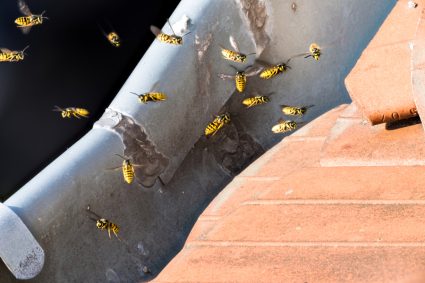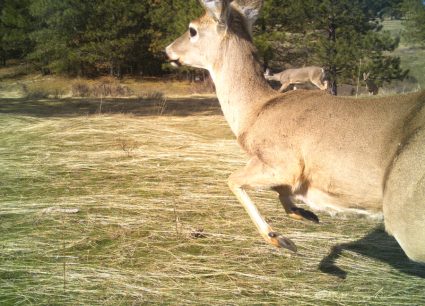
Bear droppings, or scat as it’s scientifically known, can tell us a lot about the behavior, diet, and habitat of bears. However, identifying bear droppings can be a challenge, especially for the untrained eye. This article will provide an in-depth guide on what bear droppings look like, how they differ across seasons and species, and the safety measures you should take when you encounter them.
Bear droppings, or scat, typically measure up to 6 inches in length and 1-2 inches in diameter and often have a tubular shape with a blunt end and a slight taper. The color can range from green to brown to black, depending on the bear’s diet. They often contain seeds, leaf fragments, insect parts, hairs, bone fragments, and scales. The size, shape, and consistency can vary depending on the bear’s diet and the species of the bear.
Size and Shape of Bear Droppings
Bear droppings are larger than those of most other animals, typically measuring up to 6 inches in length and 1-2 inches in diameter. They often have a tubular shape with a blunt end and a slight taper. However, consistency can vary depending on the bear’s diet. For instance, when bears consume moist foods like berries and grass, their scat may be loose or watery. On the other hand, a diet rich in fibrous foods like seeds or vegetation results in more solid, tubular scat.
Color and Composition of Bear Droppings
The color of bear scat can range from green to brown to black, depending on the bear’s diet. In the spring, when bears eat a lot of grass and insects, their scat is often green and tubular, with visible grass. In the late summer and fall, bear scat will be looser and in large plops, with noticeable berries and apple pieces.
Bear scat often contains seeds, leaf fragments, insect parts, hairs, bone fragments, and scales. These can provide valuable insights into the bear’s diet and the local ecosystem. It’s important to note that bear scat can look different even from the same bear on different days, depending on its diet.
Black Bear vs. Grizzly Bear Droppings
Distinguishing the droppings of black bears and grizzly bears can be challenging, but there are some subtle differences. Black bear scat is often tubular with a blunt end and a slight taper, measuring about 1.5-2.5 inches in width and 5-12 inches in length. It can also resemble a loose “cow pile” if the bear has been feeding heavily on berries and fruits.
Grizzly bear scat, on the other hand, is generally larger due to the larger size of the animal. Like black bear scat, its shape and size can vary depending on the bear’s diet.
Safety Measures and Precautions
When encountering bear droppings, it’s crucial to be aware of your surroundings and take necessary precautions. Being alert, making noise while hiking, hiking in groups, keeping a safe distance from the scat, carrying bear spray, storing food and toiletries properly, and keeping your campsite clean are all essential measures to ensure your safety.
Implications of Finding Bear Droppings
Finding bear droppings can have several implications. It’s a clear sign that a bear is nearby, which means you should be cautious. Moreover, bear scat plays a crucial role in seed dispersal and affects what grows in the forest. Studying bear droppings can also help understand the impact of bears on their environment and make informed decisions about conservation efforts and land management.
In conclusion, bear droppings are more than just waste. They provide valuable insights into bear behavior, diet, and their role in the ecosystem. Understanding what bear droppings look like is not only beneficial for hikers and outdoor enthusiasts but also for researchers and conservationists.
Frequently Asked Questions
What does bear droppings smell like?
Bear droppings do not have a specific smell because the odor depends on the bear’s diet. It can range from nearly odorless (when primarily plant-based) to quite pungent (when the bear has consumed meat).
How long do bear droppings take to decompose?
The decomposition of bear droppings depends on various factors, including the bear’s diet, the environment, and the weather. Generally, it can take anywhere from a few weeks to several months.
Can you tell the age of bear droppings?
Determining the exact age of bear droppings can be challenging. However, some signs can give a rough estimate. Fresh droppings are moist, dark in color, and have a strong odor. As they age, they dry out, lighten in color, and the odor weakens.
What should I do if I step on bear droppings?
If you accidentally step on bear droppings, clean your shoes thoroughly as soon as possible to avoid attracting bears with the smell. Also, it indicates a possible bear activity in the area, so be more alert and cautious.
Can bear droppings make you sick?
Yes, bear droppings can potentially make you sick. They can carry parasites and diseases, so it’s essential to avoid touching them directly and always wash your hands thoroughly if you come into contact with them.










